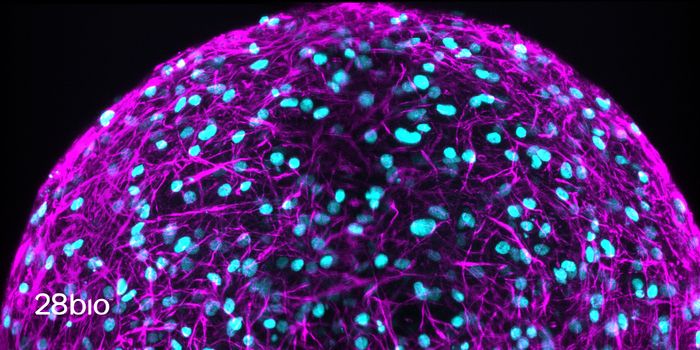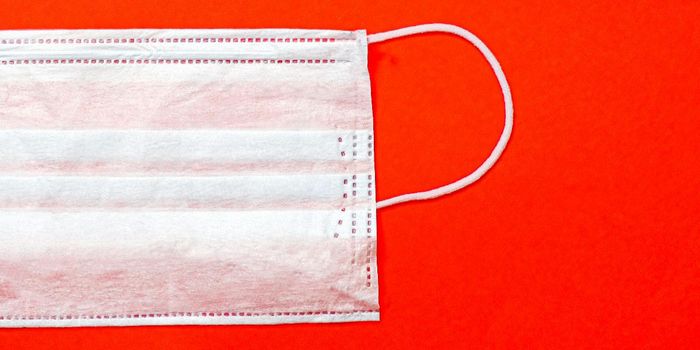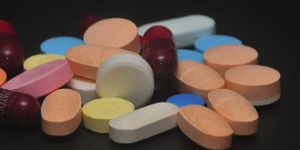Increased Dose of Drug 'Rifampin' Effective in Eliminating Tuberculosis Bacterium

According to a randomized controlled trial, a TB drug by the name ‘Rifampin’ was seen to effectively kill TB bacteria in sputum cultures when administered at an increased dose per day.
In the publication "Efficacy and Safety of High-Dose Rifampin in Pulmonary Tuberculosis: A Randomized Controlled Trial," Gustavo E. Velásquez, MD, MPH, at Brigham and Women's Hospital in Boston, along with co-authors report on findings from a phase 2 trial investigated in Lima, Peru, which included 180 adults with new, drug-susceptible TB.
Recent studies before this publication examined whether intermittent delivery of increased doses of rifampin was effective in eradicating the TB bacterium and found that intermittent higher doses were more toxic than reduced doses of rifampin.
However, the authors of the current study believe that their research findings are encouraging for TB patients because it suggests a high enough dose of rifampin per day is possible with minimal side effects and given under six months.
"Six months of treatment with four drugs—often delivered with support and supervision—represents a substantial burden on the healthcare system, as well as on the patient," explains Dr. Velásquez. "Patients who cannot complete the full regimen may not be cured, which permits ongoing transmission and the development of drug-resistant TB."

In the study, participants were randomized equally to either receive 1.) a standard dose of 10 mg/kg/day of rifampin or 2.) higher doses of 15 and 20 mg/kg/day, along with standard doses of the other first-line anti-TB drugs (isoniazid, pyrazinamide, ethambutol), during the first eight weeks of intensive therapy. The study found that each five mg/kg/day increase in a rifampin dose also increased the eradication rate of TB bacteria from the sputum.
In particular, the effectiveness of an increased dose did not show evidence of grade two or higher rifampin-related adverse events. The two commonly reported negative events of increased rifampin doses are liver toxicity and a flu-like syndrome. However, the flu-like syndrome was not seen in this particular study.
Additionally, after an eight-week intensive treatment phase, the clinical trial did not find a great difference in the rates of culture conversion among the trial arms.
"The difference was too modest at the tested doses for successful treatment shortening," Dr. Velásquez said. "However, these results, taken together with other recently published reports, support efforts to increase doses of rifampin to 35 mg/kg/day and possibly higher until the maximum tolerated dose is identified."
Source: American Journal of Respiratory and Critical Care Medicine, American Thoracic Society, MedicalXpress








